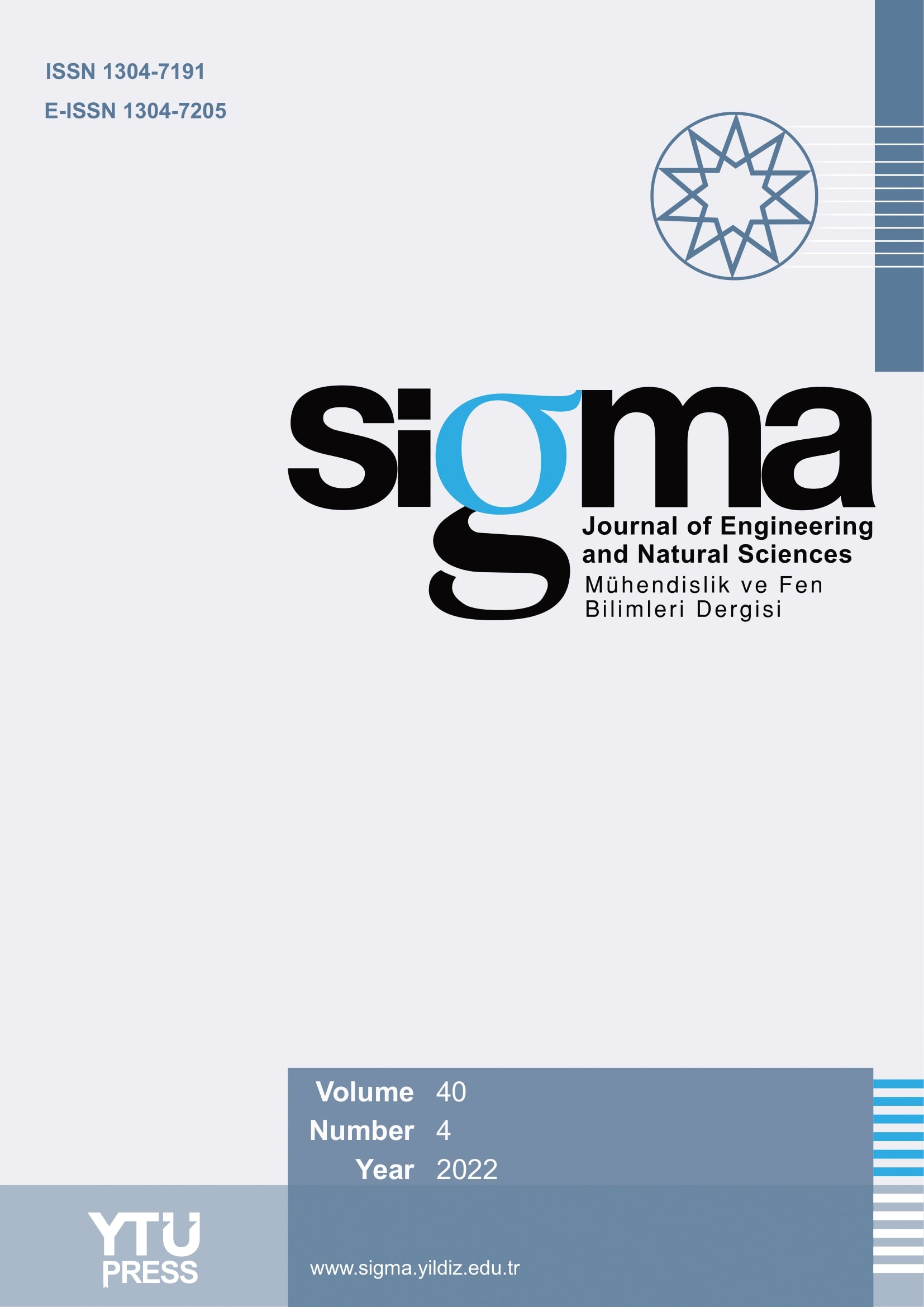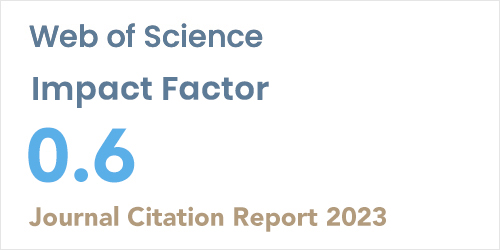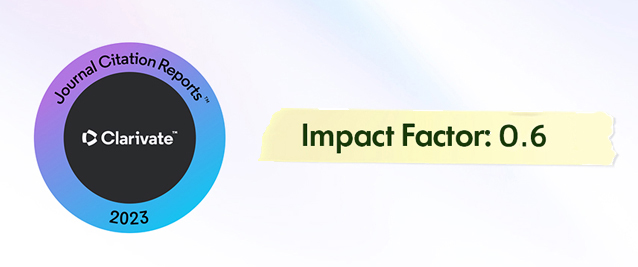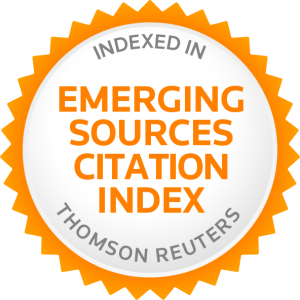2Division of Biomedical Engineering, Karunya Institute of Technology and Sciences, Coimbatore, 641114, India
3Division of Electronics and Communication Engineering, Karunya Institute of Technology and Sciences, Coimbatore, 641114, India
4Department of Mathematics, Faculty of Education, Kafkas University, Kars, 36040, Türkiye
Abstract
In early spring, growers prune the extra blossoms and fruitlets off the crops and trees to enhance the yield of berries. Numerous automated machine vision techniques for estimating floral in-tensity have been proposed, however, their overall performance is still inadequate. The floral intensity is related with the harvest which will assist the government to frame the governance policies for business and trade. For the agricultural task of detecting the tomato blooms in crop images, the performance of six pretrained deep learning architectures was evaluated. This study presents a technique to detect tomato flowers that is reliable to occlusions, variations in illumi-nation conditions, and orientation. The real-time crop images across the fields were acquired in daylight conditions using a 13 Mega-pixel RGB camera. The image acquisition technique would have an impact on the quality of the real-time images. One of the most important computational techniques utilized in the smart digital world of agricultural application is deep learning. The key objective of this research article is to identify the best improvement strategies for recognizing the tomato flowers and berries for real-time crop yield estimation and yield management, there-by the analysis of six deep learning architectures, AlexNet, Resnet50, VGG16, Faster R-CNN, YOLOv3 and YOLOv5, was measured. The YOLOv5 model outperformed other existing models with a 0.975 F1 score on a real-time tomato flower dataset.














